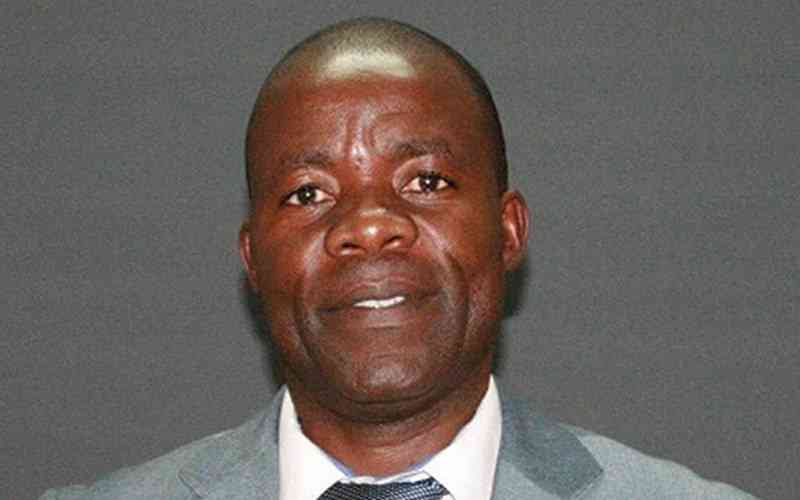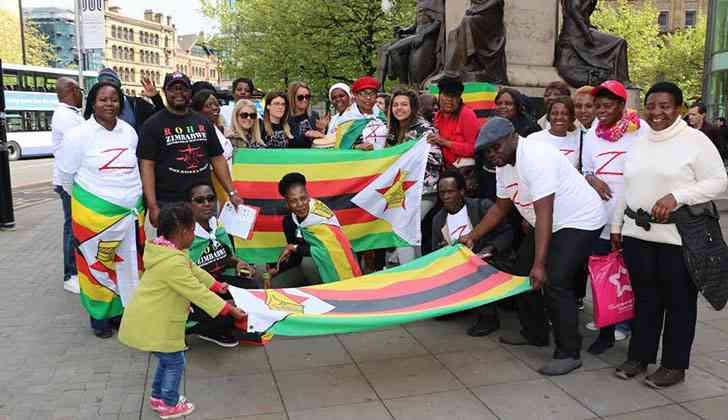
IN spite of invasion by Western commercial systems, African communities continue to trade their commodities in ways that reveal preference for social status over money in the bank. This is not to say African communities do not appreciate the value of money.
They just do not worship money like what happens in highly-commercialised societies. The fact that social status cannot be measured through dollars and cents demonstrates the uniqueness of indigenous commerce as compared to the Western neo-liberal commerce.
Different costing models
As an expression of neo-liberal commerce, industrial agriculture focuses on cost of inputs like chemicals, fertiliser and equipment. Conversely, indigenous commerce looks at social values that are often unquantifiable, but end up being shared benefits like knowledge as a public good. Mass food markets function as a public good different from a fully commercial entity like a supermarket.
That is why mass markets have more actors than Western commercial ecosystems. Principles of indigenous African commerce recognise that once something is privatised, it becomes attached to a cost which results in some initiatives being isolated and siloed.
This often leads to stiff competition or actors conniving to fix prices. On the other hand, when siloed knowledge is consolidated it has more impact than hide and seek models promoted by neo-liberal commerce.
A telling example of indigenous commerce costing models is visible in the trading of livestock. Where those practising industrial agriculture would price their cattle by looking at inputs used to raise the cattle and type of breeds, African farmers informed by indigenous commerce look at different aspects which are more to do with the social and economic opportunity cost. For instance, under a Western-informed livestock auction system, cattle have to be weighed on a scale and that weight is used to determine a price, say, US$500 to US$1 000 per beast.
Basing their decision-making on indigenous commerce, African cattle farmers consider several factors, including the potential value of milk that a cow would provide in the next three to four years (which could be more than US$500), potential number of calves in the same period (three to four, worth more than US$300 each), the cost of hiring labour and equipment after selling cattle that would normally provide draught power.
- Open letter to President Mnangagwa
- Feature: ‘It’s worse right now than under Mugabe’: Sikhala pays the price of opposition in solitary cell
- Masvingo turns down fire tender deal
- Human-wildlife conflict drive African wild dogs to extinction
Keep Reading
More important is loss of social status by a farmer who sells most of his/her cattle. Even if that farmer acquires a tractor after selling cattle, a tractor will not reclaim the farmer’s social status. If money was more important than social status, most African livestock owners would have sold their cattle and deposited the money in the bank.
Academic and neo-liberal commerce has not come up with costing models that take all these important social aspects into account. Taking into account all aspects including social and environmental dimensions compels farmers to take their time in deciding whether to sell or not.
A fundamental reason is that livestock is a store of wealth. The multi-purpose uses of livestock and other food commodities influence the extent to which farmers fully embrace commercialisation. Livestock is not like a processed product which has an expiry date and does not have multi-purposes.
Indigenous food has multi-purposes which cater for animals and other living organism like bees and others. For instance, most indigenous food can be consumed by wild animals like baboons and birds while processed commodities like tinned food cannot be given to wild animals. Mono-utilisation of food designed for human consumption only tends to undermine local food systems.
Value of costing models
In a changing climate, livestock-based economies are threatened the same way formal financial institutions are at the mercy of global financial collapse. Farmers need better models for costing and valuing their livestock. Although there is a tendency to blame middlemen for everything that goes wrong, African mass markets play a key role in giving value to livestock and other agricultural commodities.
In normal circumstances, farmers should focus on producing while traders focus on trading because they are positioned to trade. When trading is done informally on African mass markets, it appears bad.
However, if trading was very easy, most livestock farmers would easily set up their abattoirs or butcheries at community level. Those into fruit production would easily set up their fruit processing plant in their communities. The fact that value-addition is not happening at farmer level the way it should indicates that trading and value-addition are specialised pursuits.
Case for appropriate formulae
A critical message from indigenous commerce is that valuation of African resources needs formulae that correctly account for social-related opportunity costs, covering both current and projected costs. For instance, as policymakers and farmers change land uses from farming to real estate, what was going to be the value of commodities produced on the one hectare where a house has been built?
This should be further compared with the value of food produced on that hectare in the next 20 years. Such analyses can show how re-purposing land may actually be destroying the value of that land.
To what extent is the value of US$1 billion earned from mining equivalent to the value of commodities that were to be earned from crops on the same land in the next 20 years? What is the cost of cutting down indigenous trees to grow tobacco? In the rush to import breeds, what is the cost of losing indigenous livestock breeds that are adaptable to local conditions?
Unfortunately, obsession with foreign currency prevents African policymakers from entertaining such fundamental questions.
Diminishing relevance of formal financial institutions
The growth of indigenous commerce has been triggered by the decrease in the relevance of formal financial systems in most African economies. If less than 5% of a country’s population is working with banks and other formal financial systems, it follows the financial systems are not relevant for the majority, 95% of the population.
When a bank gives someone a loan to build a US$1 million mansion and earn 30% interest as profit at the end of the year, is that kind of profit an indicator of economic growth? Loans should be deployed in different sectors of an economy to create employment and change livelihoods of communities.
If the loans are given to 1% of the total population, most of whom just want to access foreign currency on the open market, where is the value? That is why money-laundering is rising in some African countries.
Rigorous appraisal systems that monitor and track financial systems to ensure loans are used for intended purposes are absent in most African countries. Without thorough tracking and monitoring, much of the money is channelled to the black market like what is happening in Zimbabwe. When money is used to buy money, that cannot be called development or economic growth.
More than 90% of the Zimbabwean economy now has its financial systems and products. Business actors in indigenous commerce have realised that what formal financial systems like banks consider profit are bank charges for money that comes through banks because those receiving money through the banking system have no choice.
What is now clear is that through bank charges, banks withdraw money from circulation instead of injecting money into circulating for stimulating socio-economic growth. Where bank charges constitute 5% for every US$100 that passes through the bank, US$20 is withdrawn from circulation and it means if that money was supposed to support agricultural development, less money is going to the farmer or primary producer.
Borrowing financial systems from outside is not a bad idea as long as African experts are able to contextualise the systems. The social dimensions and knowledge from indigenous commerce can assist in contextualising African financial systems and products.










